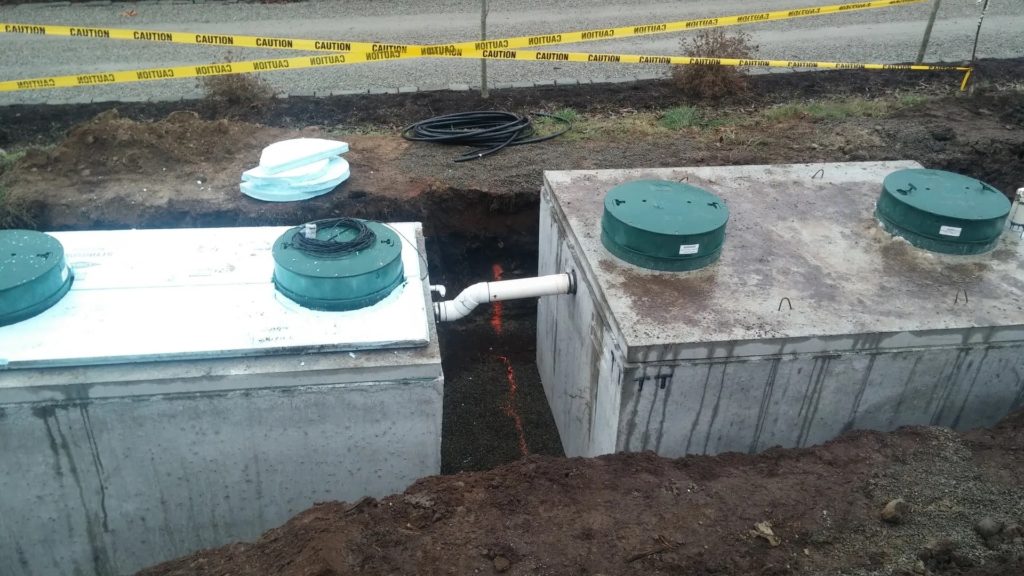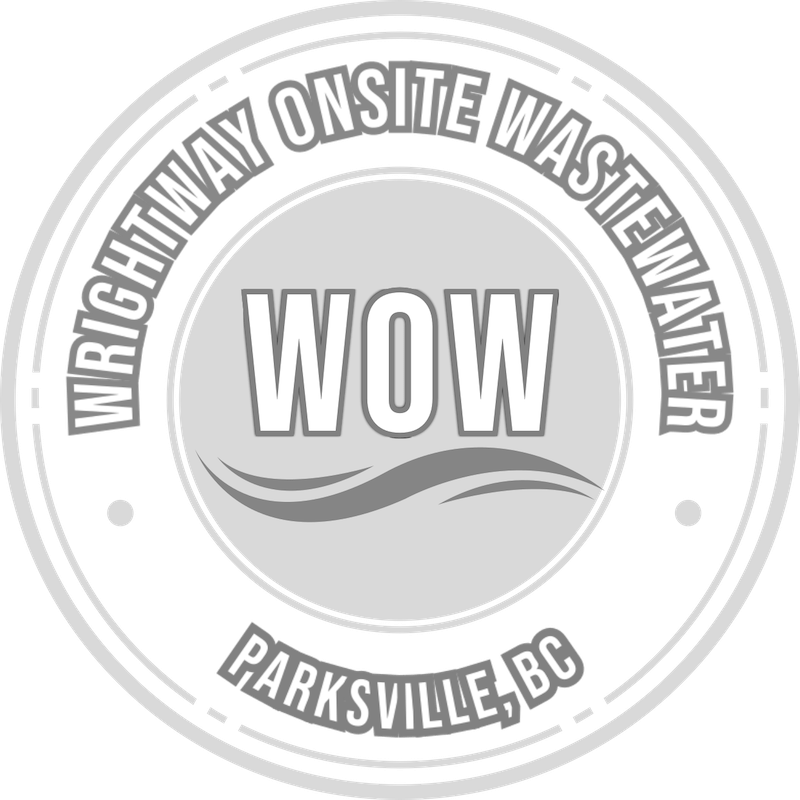Whether you're dealing with a stubborn clog or need a thorough inspection, our team is here to help with all your septic system repair needs
We understand the importance of a well-maintained septic system and are committed to providing top-notch service to keep everything running smoothly.
Dive into our resources and tips below to ensure your system stays in perfect working order.

Useful Septic Tank Maintenance Videos
Septic Sytems 101 from the Washington State Department of Health
Septic Systems 201 – DIY septic Inspections from the Washington State Department of Health
Useful Links for Maintaining Your Septic Tank
Resources from BC Government on Septic Systems
Maintenance Tips
ROWP in your area
Regional rules & bylaws
Health and Safety
FAQ
– A septic system is a self-contained, underground wastewater treatment system. It consists of a septic tank and a drain field. Wastewater flows into the tank, where solids settle to the bottom, forming sludge, while oil and grease float to the top as scum. The liquid wastewater then exits the tank into the drain field. Here, it percolates into the soil, which provides final treatment by removing harmful bacteria, viruses, and nutrients. Regular maintenance, including pumping the septic tank every 3-5 years, is essential for its functionality and longevity.
Regular inspections can help detect problems early and keep the system working properly, protecting the environment, and saving you costly repairs. We recommend inspections every 3 to 5 years.
- Slow Draining: Sinks, showers, and toilets drain more slowly than usual.
- Unpleasant Odors: Foul smells around the septic tank or drain field area.
- Sewage Backup: Sewage or wastewater backing up into sinks, toilets, or bathtubs.
- Lush Green Grass: Overly green or lush grass around the septic tank or drain field, even during dry weather.
- Standing Water: Puddles or wet areas over the septic tank or drain field.
Maintain your septic system by having it inspected every 3 years and pumped every 3-5 years by professionals. Avoid flushing non-biodegradable items, chemicals, or grease down the drain. Use water efficiently to prevent overloading the system. Regular maintenance can prevent costly repairs and protect the environment.
- Anything not produced by the body,
- think of the 3 P’s for septic systems (pee,poo,paper)
- For a 1000 gallon tank, these amounts can damage a septic tank or field
- 7 litres of bleach
- 19 litres of Lysol
- 3 grams of ‘Draino’ (less than a tablespoon)
- any chemicals or solvents, paint, paint thinner, wax strippers
- Medications
- Even a Chemo therapy patient using the bathroom normally can have adverse affects on the septic system. Consider pumping out your tank frequently during chemo and radiation treatment.
Pumping a septic system involves hiring a licensed professional. They’ll locate and access your septic tank, pump out the contents, and dispose of the waste according to local regulations.
A Septic System is your home’s personal wastewater treatment system. The better it is looked after the longer it will last. Key things to look into within the septic tank are how thick is the sludge layer on the bottom and how thick is the crust layer on the top. Annual Maintenance will allow your service provider to gauge your tank usage and when it is optimal for pumping it out. Pump Intervals are every 3-5 years based on how many people are actually occupying the home and how the system is used during the year. If you have a pressure system, ensure that the pressure laterals are still dispersing an even amount of effluent and that the squirt height is still consistent with the design specifications.
- The Capital region of Vancouver Island has bylaw # 3479 for onsite wastewater systems.
- The Comox regional district is currently implementing a similar bylaw to electoral areas A, B, and C with importance placed on some high-risk areas of the regional district. These areas include:
- Robinson lake
- Saratoga Beach
- Bates Beach
- Royston/Gartley/Kilmarnock
- Union Bay
- Ships Point
- Some Hornby Island Neighbourhoods
In case of a septic emergency, immediately stop using water to prevent further damage. Identify signs of failure such as foul odors, slow drains, or sewage backup. Contact a septic system professional right away. Avoid contact with any standing water which could be contaminated. While waiting for help, do not attempt to inspect or fix the system yourself to avoid health risks and further damage. Remember, professional help is essential in such situations.
The lifespan of a septic system, including a Type 1 system, can vary depending on several factors such as the material it’s made of, how well it was installed, its workload, and how well it’s maintained. On average, a conventional septic system lasts about 20 to 30 years. However, some well-maintained systems have been known to last up to 40 years. It’s important to note that regular inspections and maintenance can significantly extend the lifespan of a septic system.
- Groundwater and Surface Water Pollution: Contaminants from a failing septic system can pollute groundwater and surface water, affecting drinking water sources and aquatic ecosystems.
- Nutrient Pollution: Excessive nutrients, such as nitrogen and phosphorus, can lead to algal blooms in water bodies, reducing water quality and harming aquatic life.
- Pathogen Contamination: Disease-causing pathogens can contaminate water sources, posing health risks.
- Chemical Pollution: Household chemicals can make well water unsafe to drink.
- Yes, septic systems can help recharge groundwater aquifers. The treated wastewater from a septic system filter into the soil, the microbes within the soil treat the effluent and remove pathogens, the then treated water can contribute to replenishing groundwater supplies.
- However, it’s important to note that if a septic system is not functioning properly, it can contaminate nearby water.
There are different steps required for each type of system. For instance a basic type 1 system with a gravity feed distribution box will just require a site visit, tank exploration, filter cleaning and d-box visual and check for level. A more complex type 2 system will require the pump chamber to be examined, the pump examined, the treatment tank system reviewed and ensured that it is working according to plan.
A Bronze level service for a type one gravity system will start around $350 while a Gold level service would be closer to $500 for a type 2 system with multiple tanks and filters.
